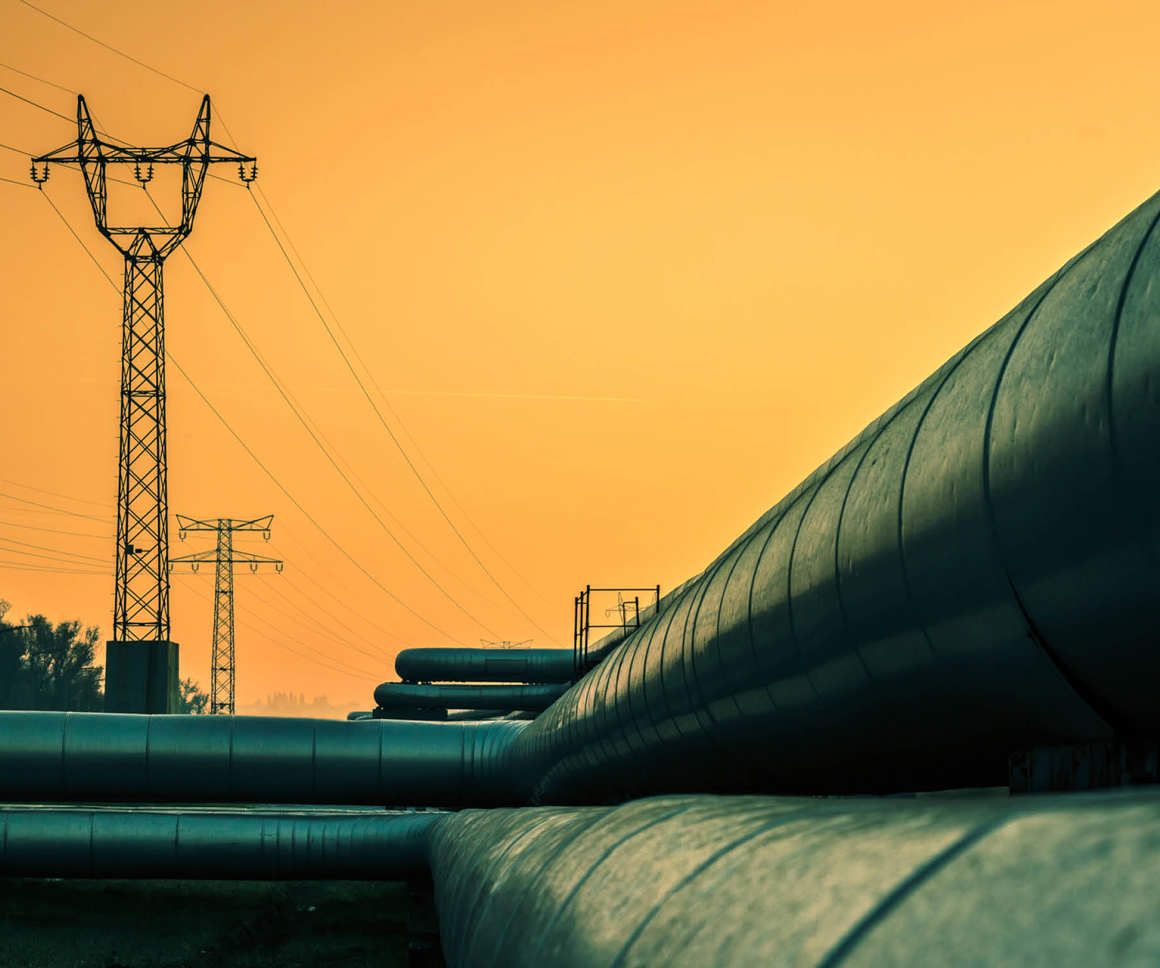Will the shift towards localised solutions place district heating at the centre of the UK’s future energy system?
Energy transition Energy consultancy Net zero
District heating has been widely adopted across many European markets, yet its role in the UK heat sector remains limited. This is all about to change. The resurgence in UK interest in district heating schemes spurred by net zero ambitions, government incentives and the need for sustainable energy solutions opens up some exciting new opportunities to take a fresh look at the role of heat networks in a modern low carbon energy system.
Could the UK be on the verge of leading the next wave in heat network integration? The Green Heat Network Fund has helped to kick start this new era but how can the sector drive forwards to deliver a truly integrated market led solution?
With a largely islanded energy system and significant renewable resources, the UK is among the most advanced in the energy transition with plans such as the Smart Systems and Flexibility Plan and the advent of NESO (National Energy System Operator) demonstrating this. But as the transition progresses, the need for flexibility and long-term, even interseasonal, storage becomes more evident with the need to balance demands between seasons, and maximise the use of excess renewable generation. Integrating different energy vectors is essential, as no single solution can drive decarbonisation on its own. A systems approach (one that unites generation, demand and storage) is vital for success and heat networks have an opportunity to be part of this solution.
Historically, energy systems evolved from smaller grids into a nationally operated and balanced network. Today, there’s a renewed momentum around thinking and acting locally (LCP Delta’s £14million Community DSO project with Northern Powergrid and TNEI is an example of this). With intermittent renewable generation, local energy systems offer compelling benefits:
- Optimising flexibility for customers.
- Maximising local resources.
- Reducing costly energy transmission.
This shift towards localised solutions could place district heating at the core of the UK’s future energy system.
District heating as the new battery: Integrating heat and power
Traditionally, district heating has operated in relative isolation, focusing solely on generating and delivering heat (sometimes with the side benefit of selling electricity from CHP (combined heat and power)). As the UK transitions to low-carbon, predominantly electrically driven heat sources, this existing model is challenged by fluctuating electricity prices and the loss of revenue from CHP electricity generation. Yet, this challenge also reveals district heat’s potential as a dynamic energy hub in an integrated energy system, balancing and managing energy demand across different energy vectors close to the point of demand.
Electrically driven heat networks effectively function like high-capacity batteries. With their controllable heat loads, vast thermal storage capacity and flexibility, they offer load balancing and storage at a local level. While electrical batteries typically provide hourly storage located near generation sites, district heat networks can balance energy over days or even seasons when paired with geothermal sources. No electrical battery is currently as cost-effective for this scale of flexibility. And best of all this flexibility and storage capacity makes use of existing or future heat network infrastructure with limited additional cost.
Innovative storage solutions and free thermal resources
The storage within district heating is immense. Conventional thermal storage eg. large hot water tanks can be enhanced by new technologies, such as the systems by Caldera’s phase change materials and high-temperature storage solutions, which boost efficiency and increase available storage volume. Interseasonal geothermal storage adds another layer, allowing excess summer electricity, often from solar or heat pumps using excess renewable electricity. to be stored and used for winter heating. Best of all, this storage is practically free! Whether tapping into aquifers, as seen in Gateshead or proposed in Leeds, or repurposing minewater from legacy coal mines, there’s an abundance of free natural storage available.
Integrating heat networks into the modern energy system
To maximise their value, heat networks need to become an integral part of our modern energy system. Beyond providing heat, these networks must capitalise on the additional value streams available from a flexible, optimised system. Whether through flexibility services for the energy market, support for local electricity distribution or a new design approach focused on thermal storage, heat networks are well-positioned to support a decarbonised, resilient energy system. The UK’s Heat Networks Investment Project (HNIP) provides crucial support for heat network growth and integration into wider energy policies.
Strategic opportunities for advancing district heating in the UK
At LCP Delta, we’ve identified several strategic opportunities for district heating to strengthen its role in the UK:
- Assessing storage and flexibility potential: We need a clearer understanding of the storage volume and flexibility of thermal networks, particularly as we transition to the latest 4th and 5th generation of district heating networks operating at lower temperatures.
- Optimising energy sources: Heat networks should evaluate ways to optimise energy sources within the future electricity market. How will electricity costs vary seasonally? Can networks capitalise on times of low or negative pricing due to excess?
- Exploring flexibility value streams: The flexibility markets are evolving with new services required and access methods. District heating networks could learn from other sectors to access these revenue opportunities effectively.
- Supporting electricity networks: As low-voltage distribution networks face increasing pressure from heat pumps and Electric Vehicles (EVs), district heating networks can serve as an alternative approach, reducing strain on local grids.
- Elevating district heating as a core energy component: Policy, planning and operations need to view district heating as a central part of the modern low-carbon energy system, and this must feature under NESO’s activities with Regional Energy System Planning.
At LCP Delta, we combine power market modelling, flexibility market analysis, network modelling, heat market insight an exploring new and innovate business models to enable us to explore these new emerging opportunities.
In a world where we have a new government focused on enabling infrastructure development, there’s a convergence of strong drivers and interests spanning net zero, energy efficiency, networks, investment in cities and regions across the UK, the time for district heating has finally arrived!





